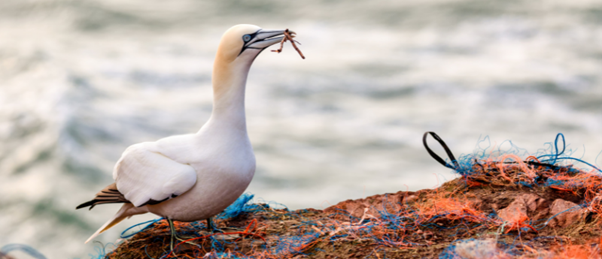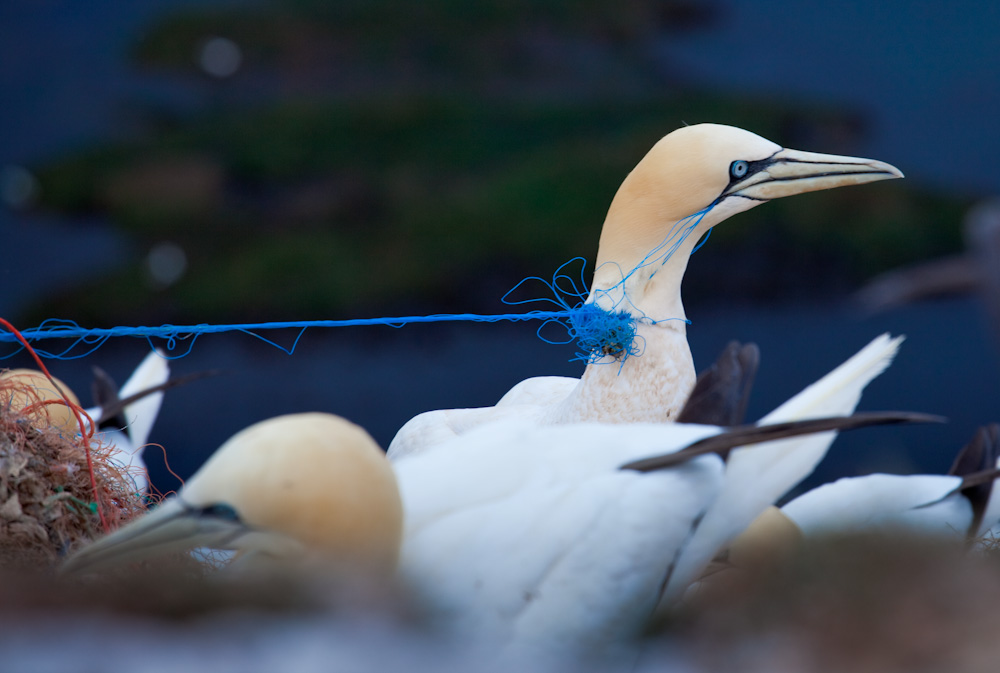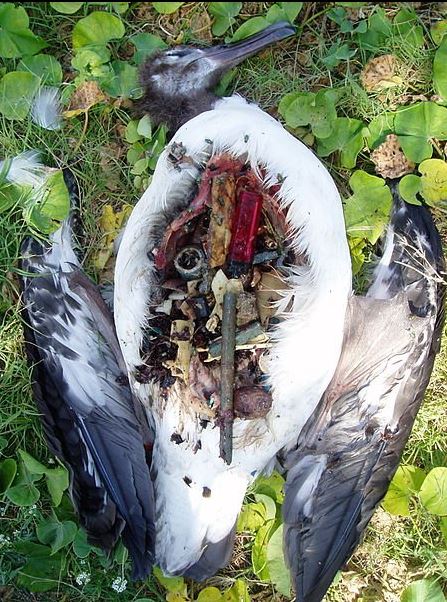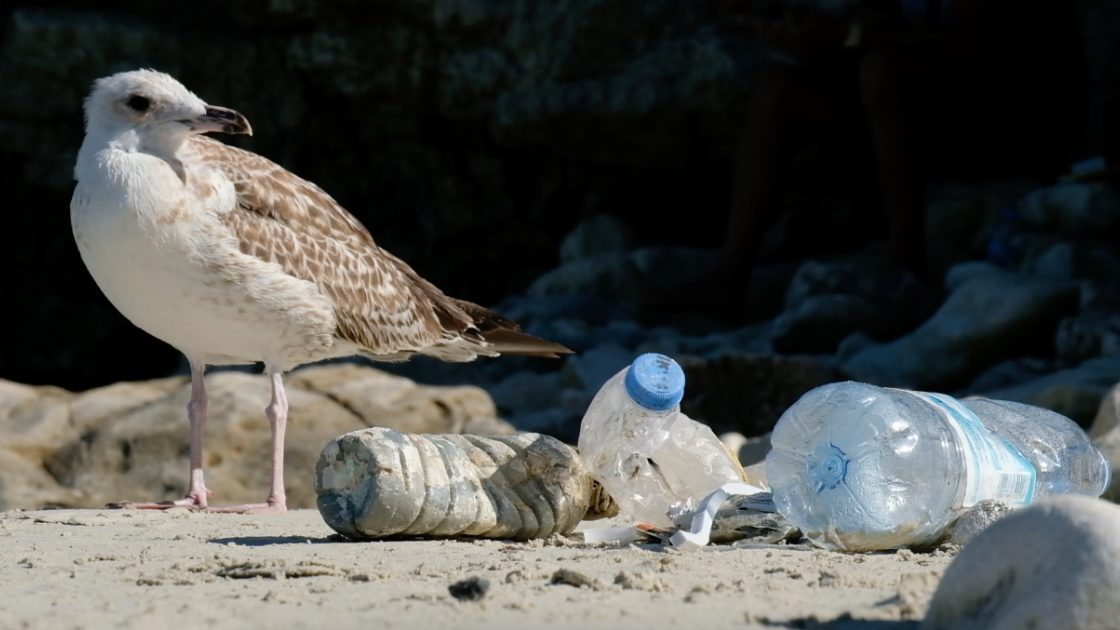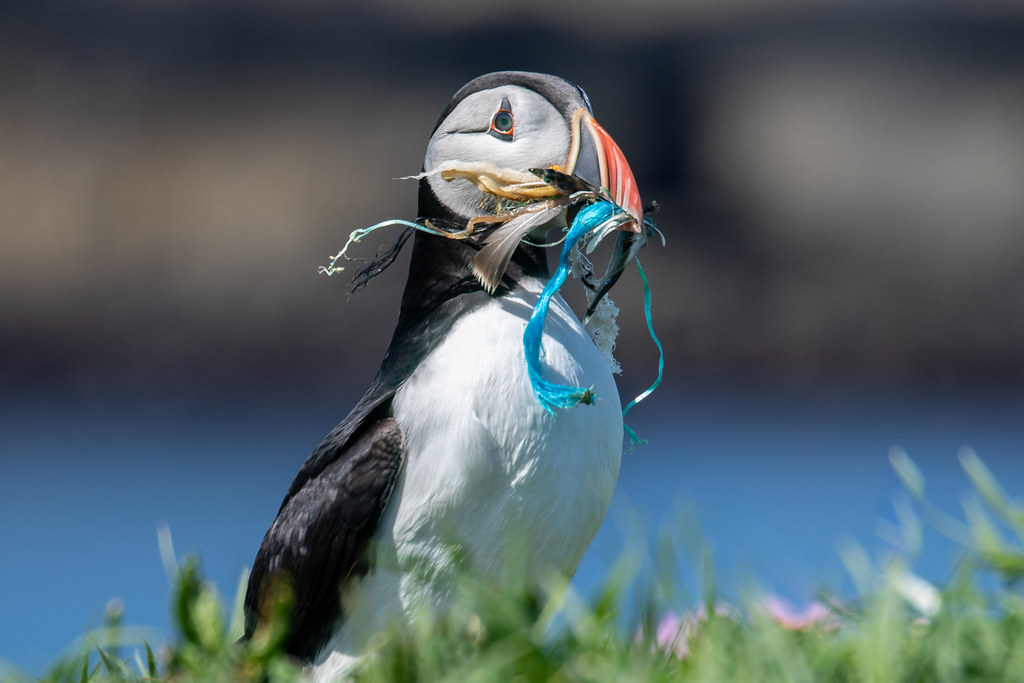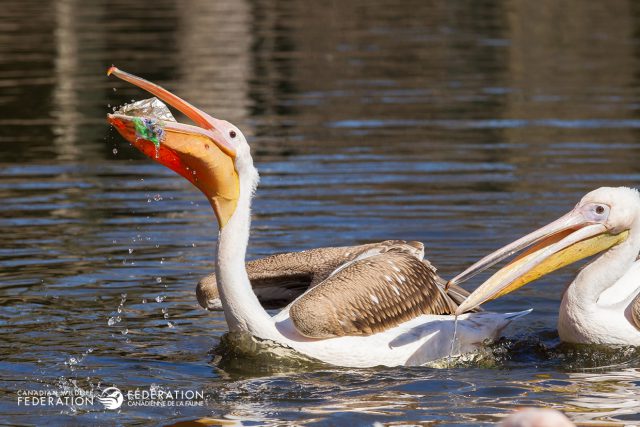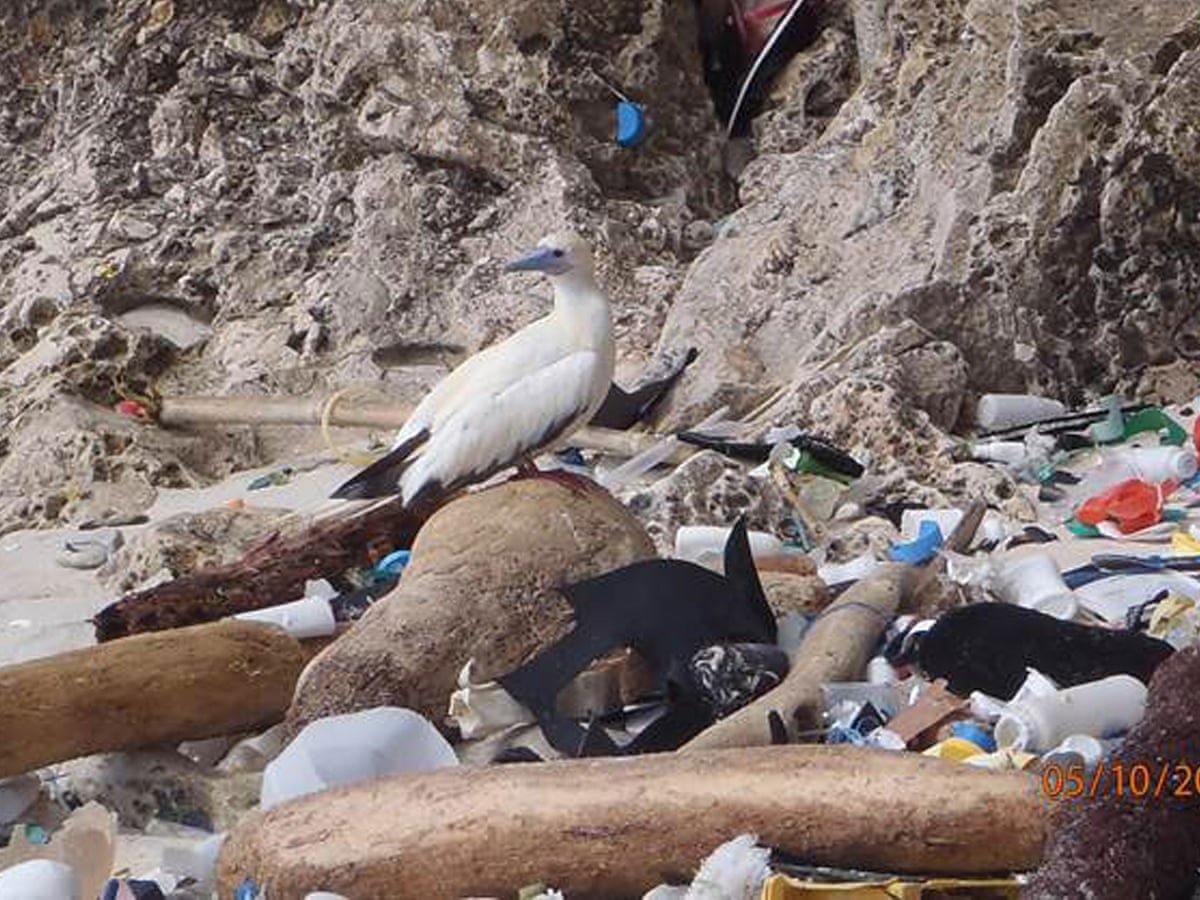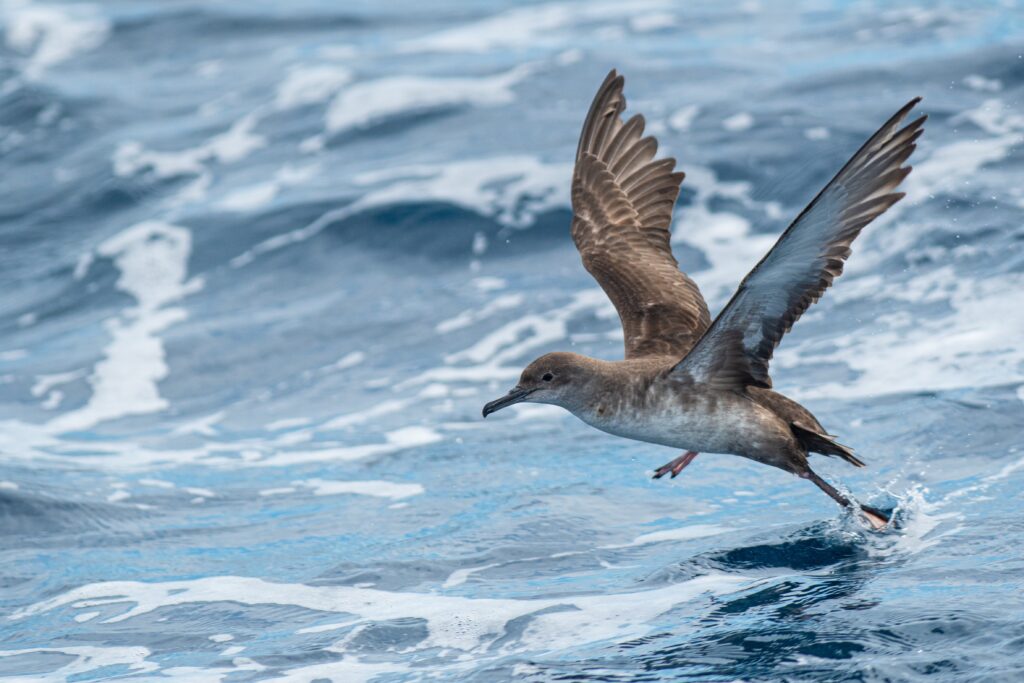
New research highlights where threatened seabirds are most exposed to marine plastics - BirdLife International
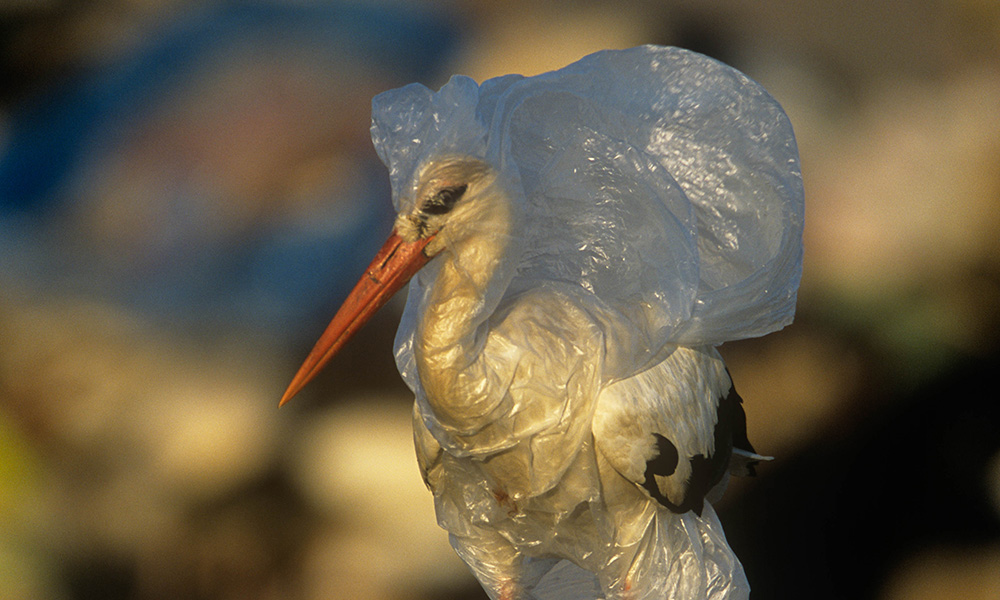
How many birds die from plastic pollution? – WWF-Australia | How many birds die from plastic pollution? | WWF Australia

About 40% of world's seabirds have toxic substances in their bodies due to plastic waste, research by Japanese universities shows - The Japan Times
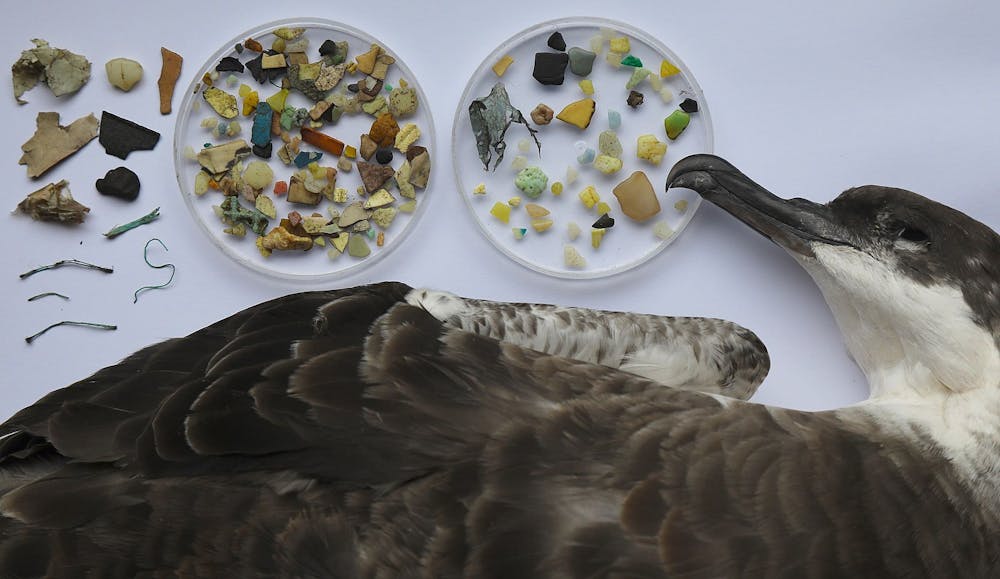
Seabirds that swallow ocean plastic waste have scarring in their stomachs – scientists have named this disease 'plasticosis'
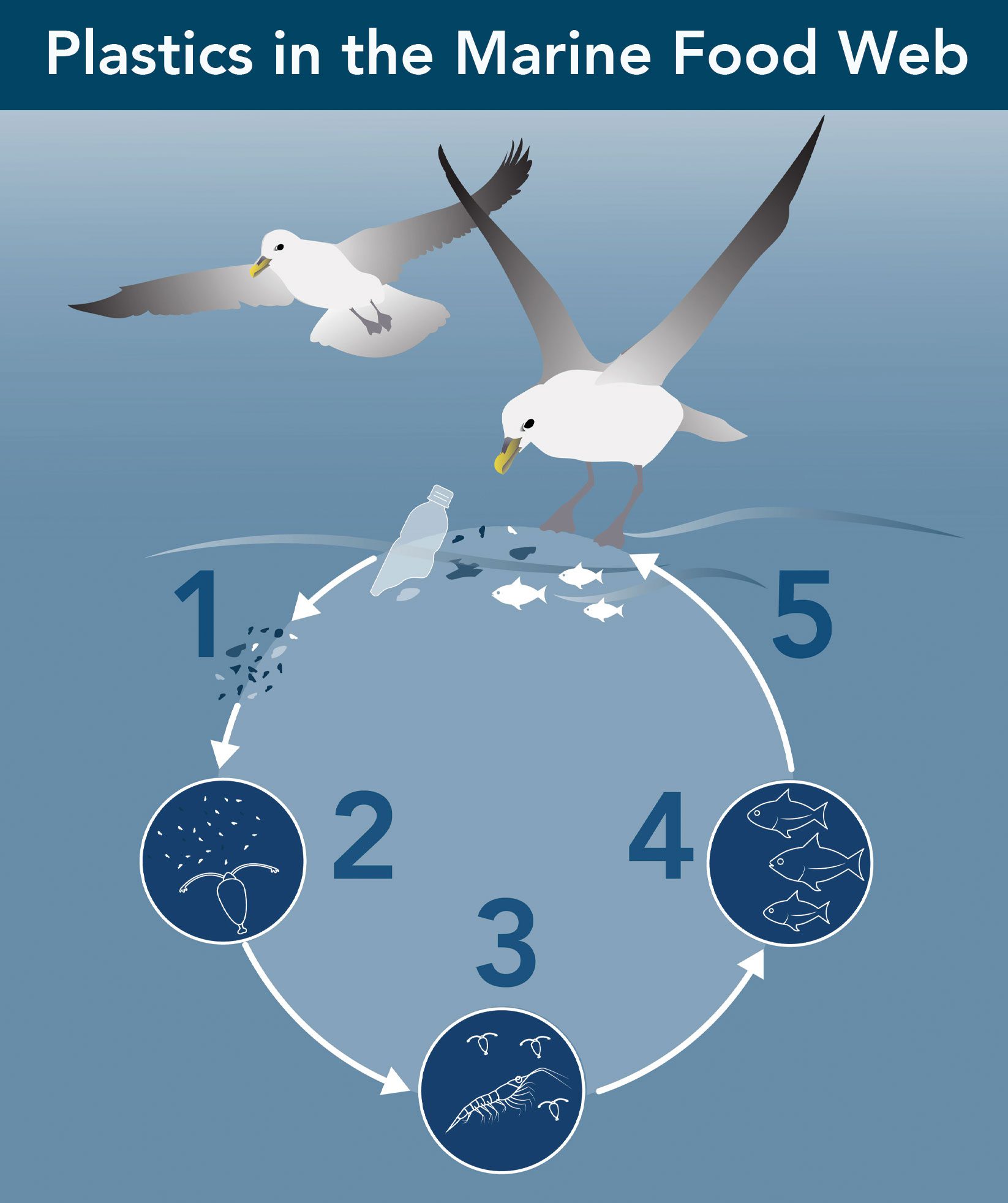
/https://tf-cmsv2-smithsonianmag-media.s3.amazonaws.com/filer/6e/c8/6ec88ae3-8250-46a1-bead-f3274b517c13/md001486.jpg)



